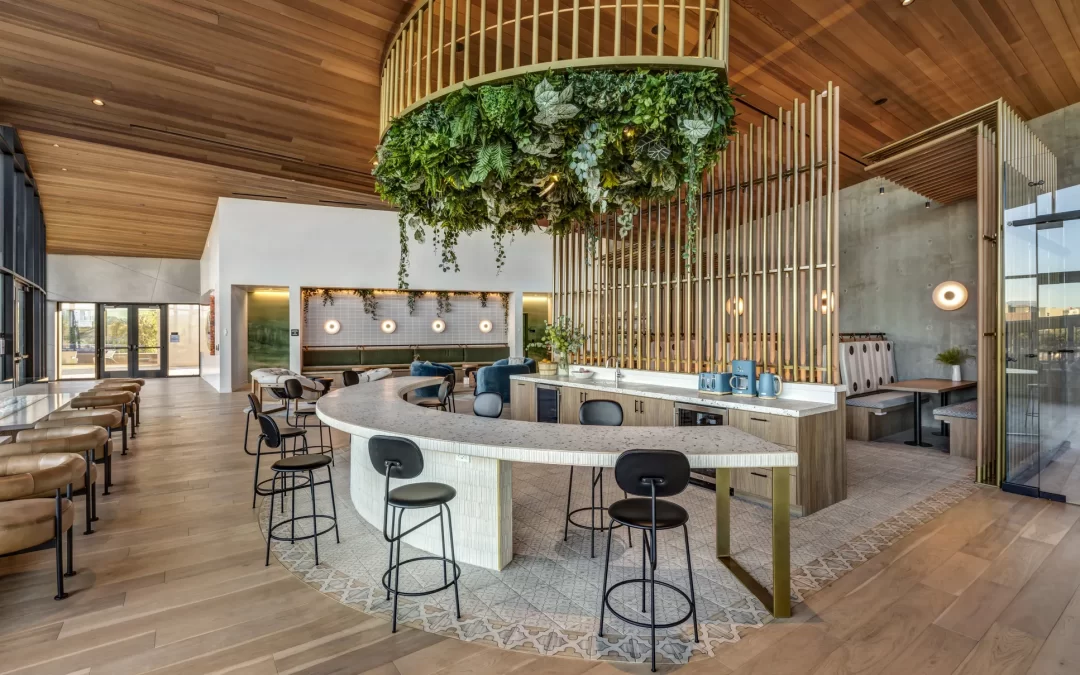Interactive kids’ play areas are more than just spaces filled with toys and furniture. They are thoughtfully designed environments that encourage exploration, creativity, and learning. These areas are crafted to spark curiosity, foster social interaction, and support physical and cognitive development in children. In this article, we’ll dive into what makes these spaces effective, their benefits, and how to design one that stands out.
What Are Interactive Kids’ Play Areas?
Interactive kids’ play areas are dedicated spaces designed to engage children through sensory experiences, hands-on activities, and imaginative play. Unlike traditional play zones, these areas incorporate elements like puzzles, building blocks, sensory walls, interactive technology, and themed decor to create a dynamic and stimulating environment. The goal is to provide children with opportunities to learn, grow, and have fun in a safe and inviting setting.
These spaces can be found in various settings—homes, schools, daycare centers, museums, malls, and even restaurants. The design of these areas often reflects the needs and interests of the target age group, ensuring that the activities and materials are age-appropriate and engaging.
Benefits of Interactive Kids’ Play Areas
Interactive play areas offer numerous benefits for children, parents, and communities. Here are some key advantages:
-
Encourages Learning Through Play
Children learn best when they’re having fun. Interactive play areas incorporate educational elements like puzzles, counting games, and storytelling corners, helping kids develop essential skills like problem-solving, critical thinking, and literacy. -
Promotes Physical Activity
With climbing walls, obstacle courses, and balance beams, these spaces encourage children to move, jump, and explore, promoting physical health and motor skill development. -
Fosters Social Interaction
Play areas provide opportunities for children to interact with their peers, teaching them important social skills like sharing, cooperation, and communication. -
Supports Creativity and Imagination
Themed play areas, art stations, and role-playing zones allow children to express themselves creatively and immerse themselves in imaginative scenarios. -
Provides a Safe Environment
Well-designed play areas prioritize safety, using non-toxic materials, rounded edges, and secure structures to ensure children can explore without risk. -
Offers a Break for Parents
For parents, these spaces provide a moment of respite while knowing their children are engaged in a productive and enjoyable activity.
Key Elements of Effective Play Area Design
Designing an interactive kids’ play area requires careful planning and attention to detail. Here are some essential elements to consider:
-
Sensory Stimulation
Incorporate elements that engage all five senses—bright colors, textured surfaces, musical instruments, and scented materials. Sensory play helps children develop cognitive and motor skills. -
Thematic Design
Themes like jungles, space, or the ocean can make the play area more exciting and immersive. A well-executed theme sparks curiosity and encourages imaginative play. -
Interactive Technology
Touchscreens, augmented reality games, and light-up floors can add a modern twist to traditional play areas. Technology should be used to enhance, not replace, hands-on activities. -
Versatile Furniture and Equipment
Choose items that can be easily rearranged to create new play scenarios. Modular furniture, stackable blocks, and adjustable equipment allow for endless possibilities. -
Safety Features
Use soft flooring materials, rounded edges, and secure anchoring for equipment to minimize risks. Regularly inspect the area for potential hazards. -
Inclusivity
Design with all children in mind, including those with physical or cognitive disabilities. Accessible equipment and sensory-friendly features ensure everyone can enjoy the space.
Real-World Examples of Interactive Play Areas
Here are a few inspiring examples of interactive play areas that have successfully combined fun and functionality:
-
The Children’s Museum of Indianapolis
This museum features hands-on exhibits that encourage learning through play. Highlights include a dinosaur dig site and a science exploration zone. -
LEGO Discovery Centers
These centers offer building challenges, interactive rides, and themed play zones that inspire creativity and teamwork. -
Camp Wanna Play (Restaurant Play Areas)
Many family-friendly restaurants now feature interactive play zones where kids can explore, paint, or build while parents enjoy a meal.
Tips for Designing Your Own Play Area
If you’re inspired to create an interactive play area, here are some practical tips to get started:
-
Understand Your Audience
Consider the age range, interests, and developmental needs of the children who will use the space. -
Maximize Space
Even small areas can be transformed into engaging play zones with smart storage solutions and multi-functional furniture. -
Prioritize Safety
Use non-toxic materials, avoid small parts for younger children, and ensure all equipment is securely anchored. -
Incorporate Variety
Include a mix of active and quiet activities to cater to different energy levels and preferences. -
Seek Feedback
Involve children in the design process to ensure the space meets their needs and interests. -
Keep It Fresh
Rotate toys, add new elements, and change the layout periodically to keep the area exciting and engaging.
Infographic Table: Key Features of Interactive Kids’ Play Areas
| Feature | Description |
|---|---|
| Sensory Stimulation | Engaging all five senses through textures, colors, sounds, and smells. |
| Thematic Design | Immersive themes like jungles, space, or fairy tales to spark imagination. |
| Interactive Technology | Tools like touchscreens or augmented reality games to enhance learning. |
| Versatile Equipment | Modular furniture and adjustable structures for endless play possibilities. |
| Safety-First Approach | Soft flooring, rounded edges, and secure anchoring to minimize risks. |
| Inclusive Design | Accessible and sensory-friendly features to ensure all children can participate. |
Conclusion
Interactive kids’ play areas are more than just fun spaces—they are environments where children learn, grow, and thrive. By incorporating thoughtful design elements, prioritizing safety, and focusing on the needs of your audience, you can create a space that inspires creativity, fosters development, and brings endless joy to children. Whether you’re designing for a home, school, or public venue, remember that the best play areas are those that strike a balance between education and entertainment. So, let your imagination run wild and start crafting a space that will leave a lasting impression on young minds.



